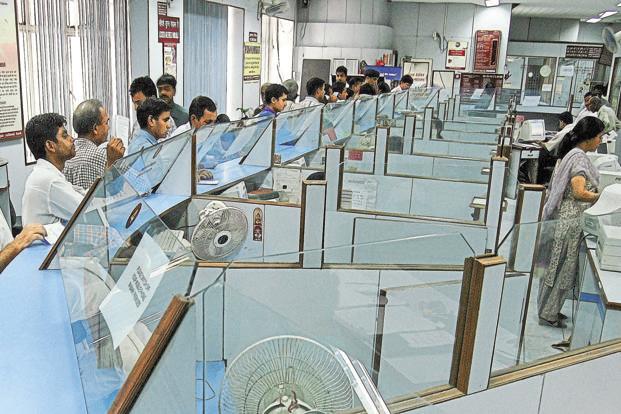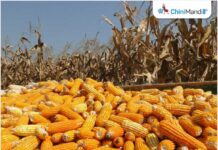New Delhi [India], June 3 (ANI): Investment information firm ICRA has said that non-banks (non-banking finance companies and housing finance companies) will feel the stress of second wave Covid-19 lockdowns and movement restrictions imposed by various states in April and May.
About 25 to 30 per cent of their loan collections happen through field teams and largely via cash.
Loan collections by non-banks which were impacted because of Covid-19 induced nationwide lockdown and the loan moratorium till August last year saw a steady revival during Q3 FY2021 and Q4 FY2021.
This budding recovery is expected to be stemmed by the second wave of Covid-19 pandemic which has led to localised lockdowns imposed by various states starting mid-April, said ICRA.
With most states implementing stricter lockdowns in May, collections efforts witnessed a major set-back, compounding the 5 tp 10 per cent (vis a vis March) dip in collections reported by most of the players in April.
While restrictions imposed in April were largely in second half of the month, which somewhat moderated the impact, most states tightened the lockdown implementation in May and it was also more widespread.
ICRA estimates that about 50 per cent of the non-bank asset under management is in top five states with high number of Covid-19 cases — Maharashtra, Karnataka, Kerala, Tamil Nadu and Uttar Pradesh.
“Non-banks with higher share of field-based collections are more adversely impacted; typically, entities focusing on borrowers with limited banking habits, rural borrowers and smaller loan tickets (non-digital loans) have a higher share of their collections from field operations,” said Manushree Saggar, Sector Head of financial sector at ICRA.
“Also, entities resort to on-field collections to contain delayed payments and for recoveries from their overdue borrowers,” she added.
Within non-banks, the share of field collections are higher for NBFCs at about 35 to 40 per cent while the same for HFCs is about 5 to 10 per cent.
HFCs benefit because of the target nature of borrowers who typically have better credit profile. The secured nature of their loans under housing and non-housing segments are likely to be less impacted as also observed post the lockdown and moratorium in the last fiscal.
On the other hand, for NBFCs with exposure to microfinance, rural and semi urban borrowers with small-ticket (SME, vehicle loans), and unsecured loans (non-digital) generally have a relatively higher share of field collections.
“With the likelihood of lockdowns extending into large part of June for most states and some normalisation expected from July, non-banks are set to witness roll-forwards into harder overdue buckets and delay in recoveries, which could push-up overdues in the near-term,” said Saggar.
Write-offs like the last fiscal is also expected to remain elevated vis a vis the prior year trends. ICRA expects the non-bank reported NPAs to increase to about 4.5 to 5 per cent by March vis a vis about 4 per cent in December 2020.
“This in turn will keep the earnings subdued in current fiscal — about 30 per cent lower than the pre-Covid levels,” said Saggar. (ANI)












